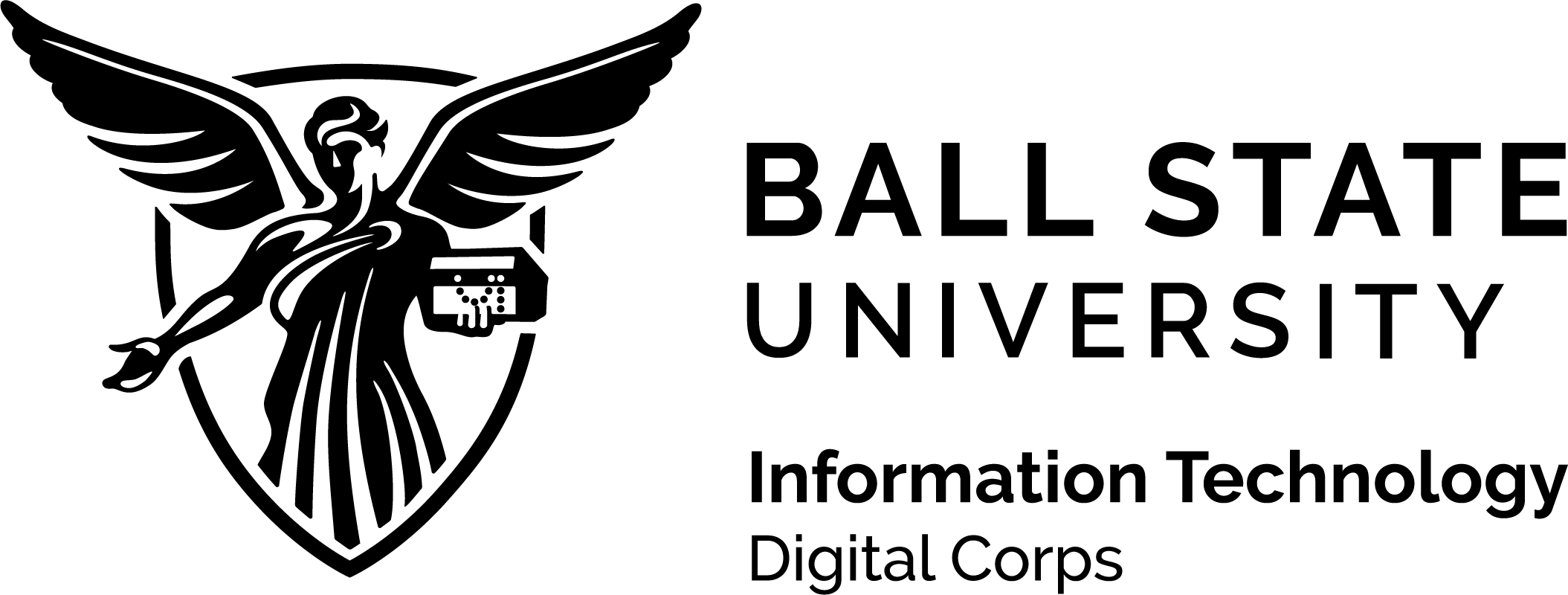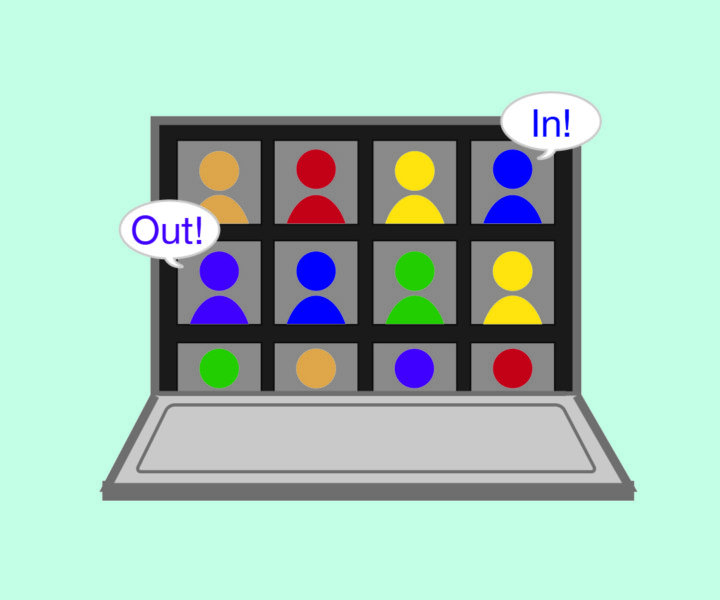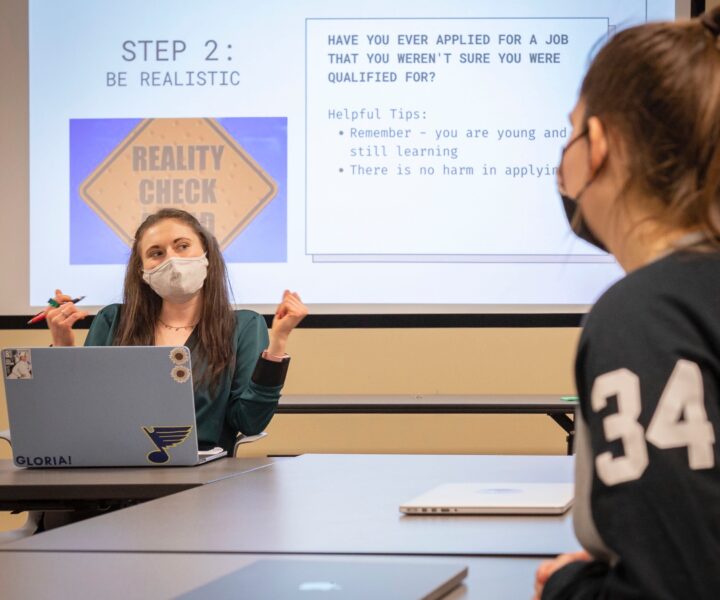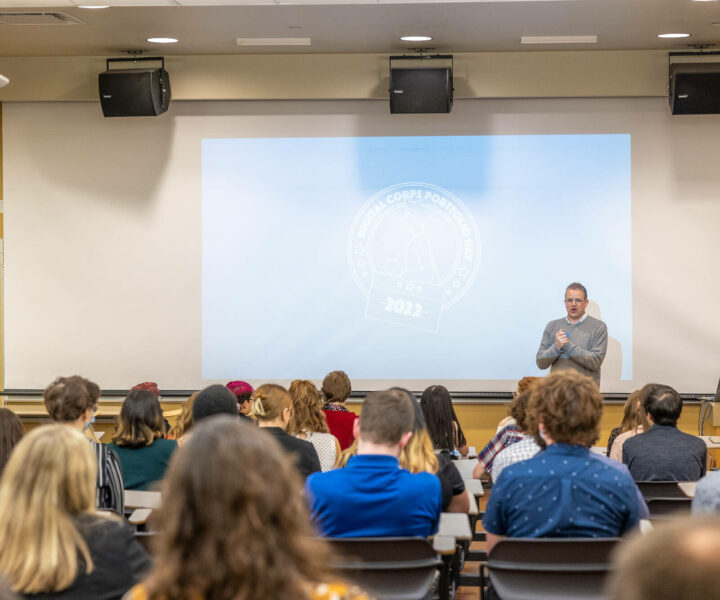Communication in the workplace is essential to any form of productivity. With the latest and greatest unified communication tools like Slack, Microsoft Teams, etc., employees and managers alike are able to respond quickly to questions while avoiding information overload in the email inboxes of the entire office. Still, according to Tribal Impact, an internal social media application company that specializes in enhancing employee advocacy, 74% of employees feel that they’re missing out on company information and news.
To enhance this and other problems within workplace communications, organizations and companies are centralizing new and existing communication tools, creating one-stop information hubs, and working to give employees a voice by turning employees into storytellers. Through the alignment of goals and even establishing and emotional connection among employees, communication improves internally and externally. The Digital Corps, a student-led digital agency at Ball State University, recently installed visual message boards throughout the office to improve management-employee communication throughout the office. The process for designing, developing, and implementing the “TV Boards” was a team-wide effort, and required extensive research, design thinking, and iterating to continually improve the employee experience.
“We have a lot of digital communication that happens at the Corps, and sometimes things fall through the cracks,” said Viveka Melo, a User Experience Master at the Digital Corps and project manager for the TV Boards implementation. “The purpose of the TV board was to act as an announcement board that we could also use in creative ways. We wanted to declutter Slack [the collaboration tool used at the Corps] and celebrate when other projects were finished within the office.”
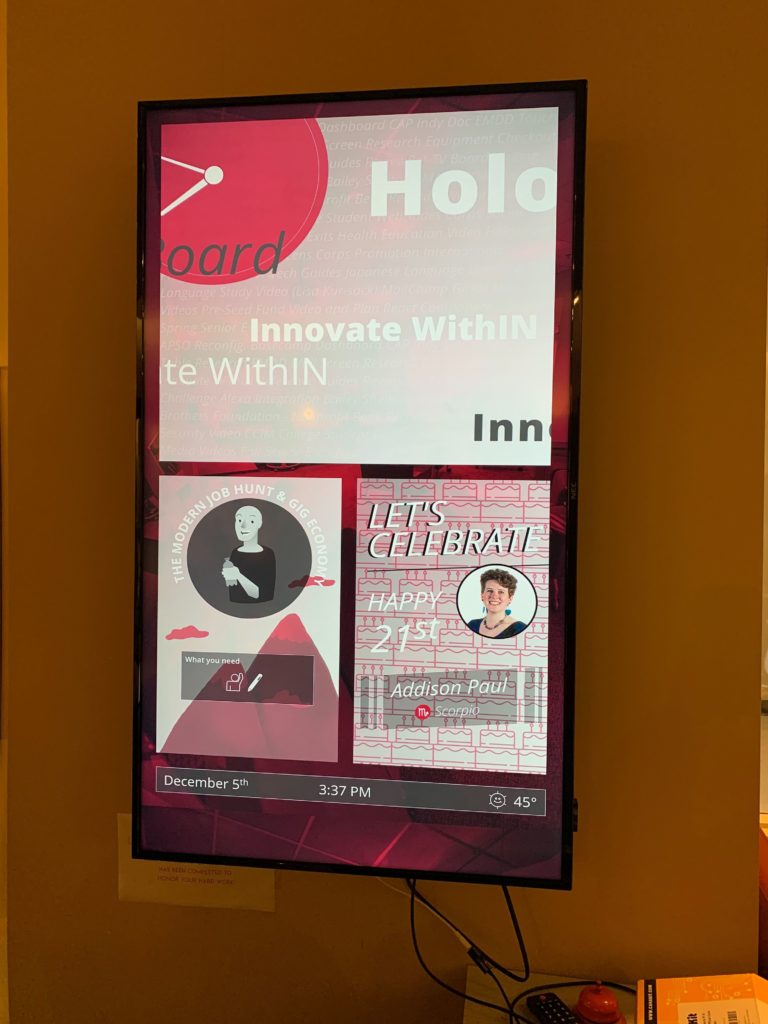
In designing the TV board, designers and developers alike worked closely on creating a positive and easy-to-implement user experience for the office employees. While the team researched the visual presentation of information, plenty of thought went into what information would be displayed in the first place. Surveys, focus groups, and general brainstorming sessions were used to determine project priority lists, general announcements, soft skills information, and absences, as the key pieces of information for the first iteration of the TV Board.
“The amount of times that people ask who is out of the office is crazy,” said Melo. “Also, project priority lists help staff and employees understand what projects are on strict deadlines and need full attention from everyone involved.”
Once the content was determined, the team spent time drawing inspiration from the world around them to influence the design.
“We looked at a lot of kiosks in airports. These touchscreens display a ton of information on one big page, that can actually be hard to find,” said Eric Chavarria, a Digital Corps Development Specialist on the TV Board project. “We had a lot of reiterations between the User Experience and Design Teams. We ultimately determined that it was really important to incorporate hierarchy and priority in a visual sense.”
So far, the TV Board has been beneficial to student employees and fulltime staff, providing a quick glance overview of what’s happening in the office, rather than scouring emails and instant messages for information. The future of the project is exciting, as teams are exploring how to incorporate more office culture into the project.
“I think it’s going to help the office be more organized overall,” said Chavarria. “Eventually, I’d like to see things like meeting times, what’s happening I the office, video shoot schedules – things like that!”
The TV Board is another example of how the Digital Corps continues to innovate with technology. It serves as an example of how students at the Corps think about old technology in new ways! Through collaboration among student employees, the creation and implementation of the TV Board has sparked interest in how similar solutions may be deployed among campus partners. Immersive learning courses and other Ball State University organizations have expressed interested in learning more about TV Board, in turn creating an exciting attitude in the office to see where the project will take us next.
Learn more about the Digital Corps process to see how you may be able to utilize technologies like the TV Board in your immersive learning projects or organizations.
